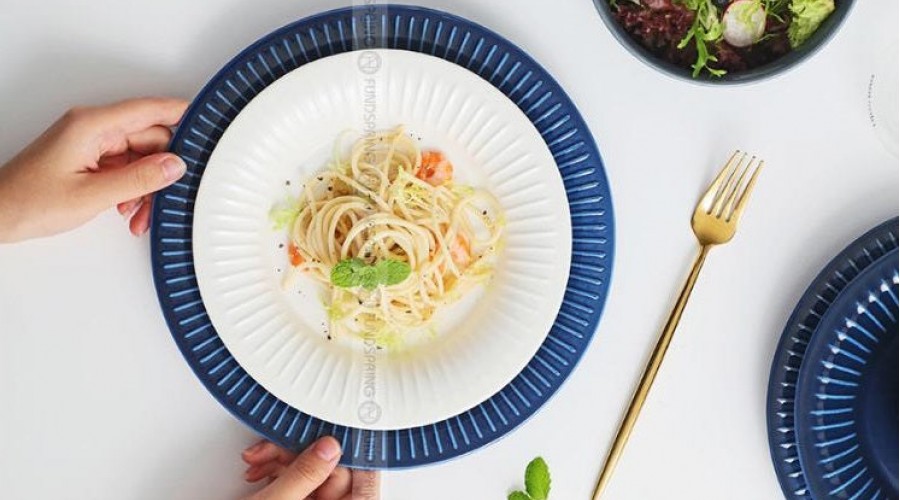
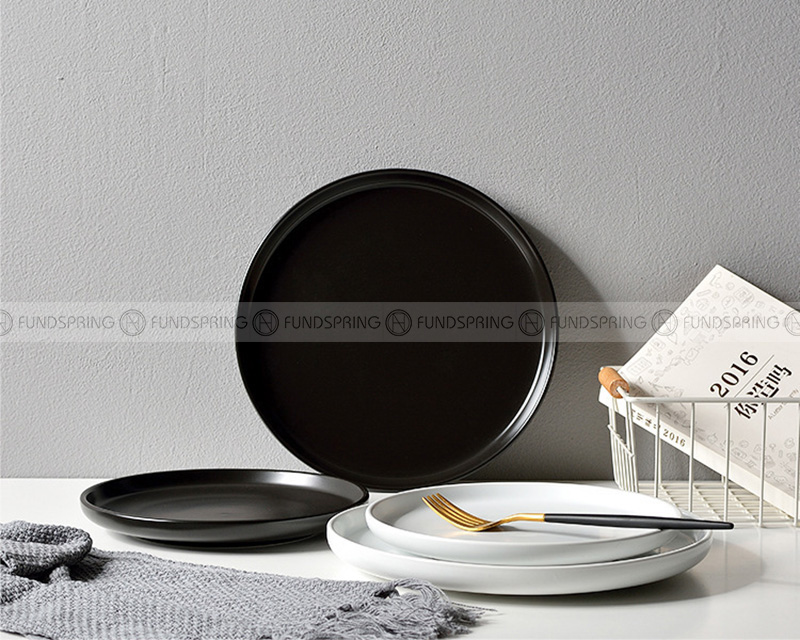 Buying new plates can be a daunting experience. There are so many variables that can influence your decision: size, color, shape, feel, and weight, just to name a few. There are also many different names for plates. Whether you choose to call it dinner plates,side plates, saucers, bread and butter plates, serving platters, they all pretty much mean the same thing.
Buying new plates can be a daunting experience. There are so many variables that can influence your decision: size, color, shape, feel, and weight, just to name a few. There are also many different names for plates. Whether you choose to call it dinner plates,side plates, saucers, bread and butter plates, serving platters, they all pretty much mean the same thing.
Dinner Plates
Dinner plates are most commonly 10 inches in diameter. This size is ideal since dinners usually have more than one aspect to them. A 10-inch dinner plate can hold a protein, a grain, and a vegetable without feeling too overwhelming. If you choose to use smaller plates, say 7 inches or 8 inches, as a dinner plate, your plate will be overflowing with food, or you may even need more than one plate to feed yourself adequately. A larger plate, like 12 inches or even 13 inches, can lead to two things: larger portions than necessary or a plate that feels empty. When buying dinner plates, your best bet is to go for a 10-inch plate, as it is perfect for portion control and is large enough to fit all components of a traditional dinner.
Appetizer Plates
Every great meal starts with an appetizer. With a smaller portion size that leads up to dinner’s main event, appetizers are a perfect way to introduce guests to the meal. We recommend using a plate that is around 8 inches for an appetizer plate. An appetizer plate is also great for family-style meals, where sharing is encouraged. Anything smaller than 8 inches, and you start to creep into bread plate territory, and anything bigger could work as a dinner plate.
Serving Platters


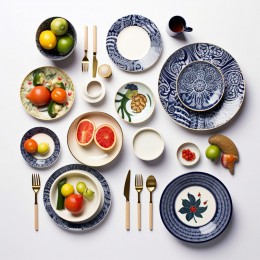
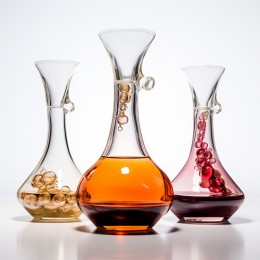
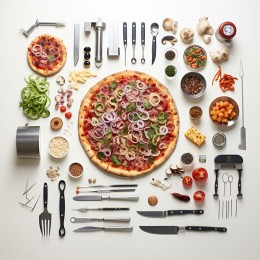
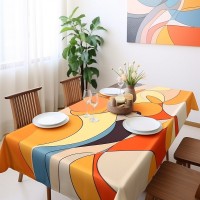
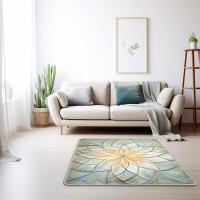

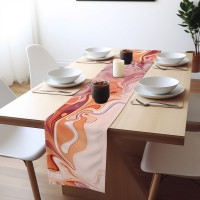


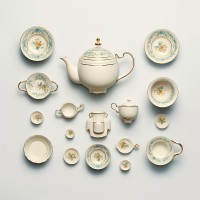
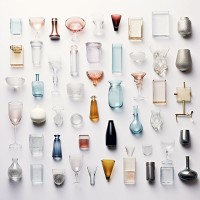
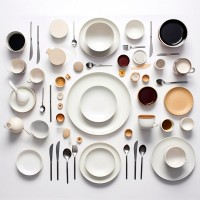
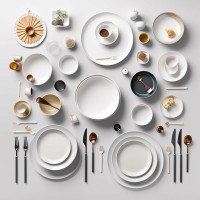
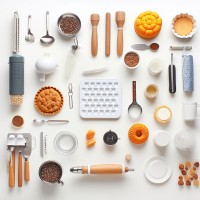
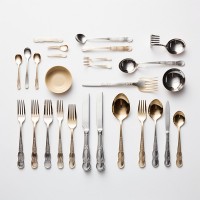
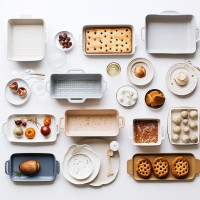
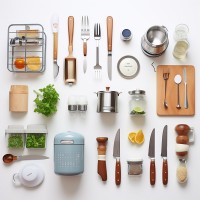
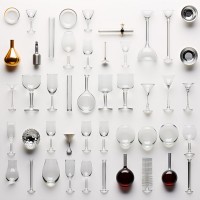
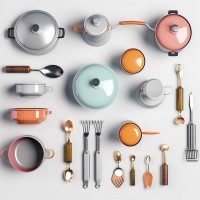
-250x250.jpg)
-250x250.jpg)




















-250x250.jpg)
-250x250.jpg)












-250x250.jpg)



-250x250.jpg)

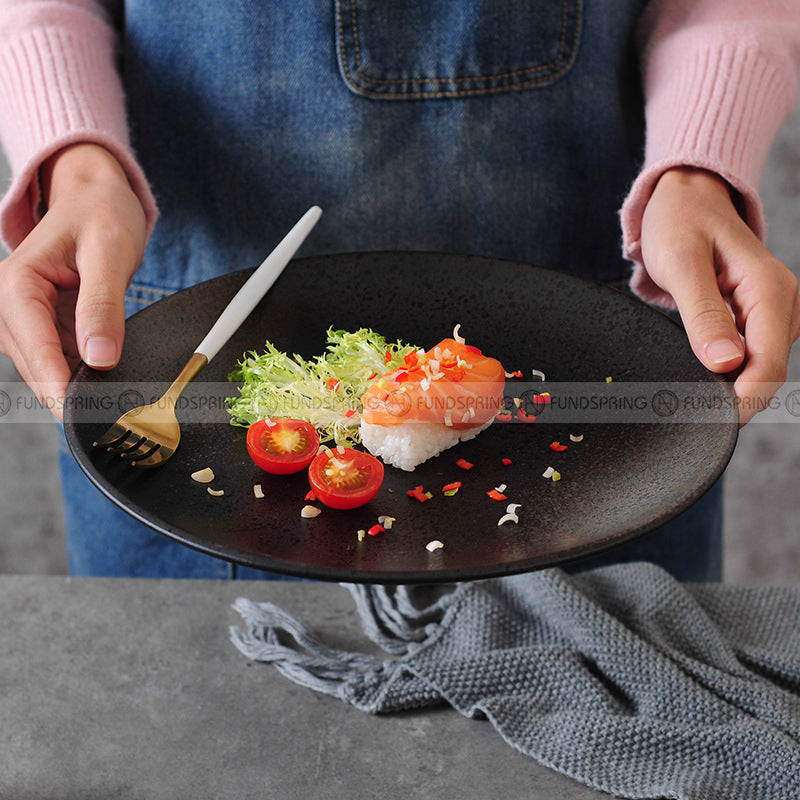
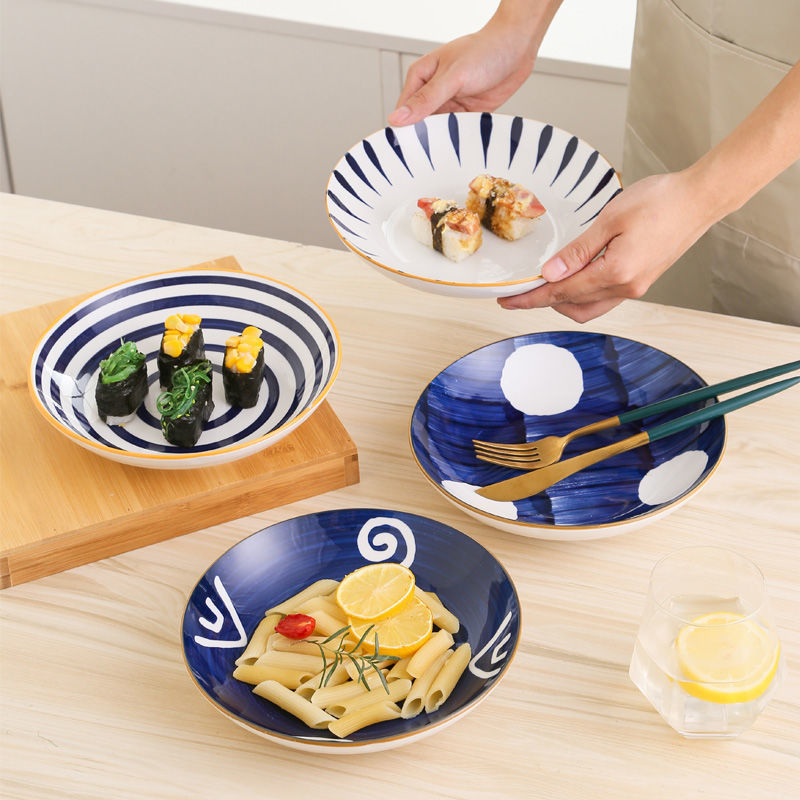
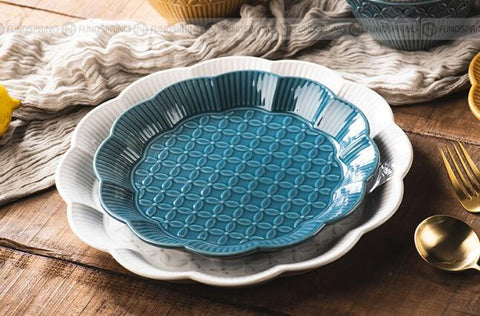







-250x250.jpg)








Leave a comment